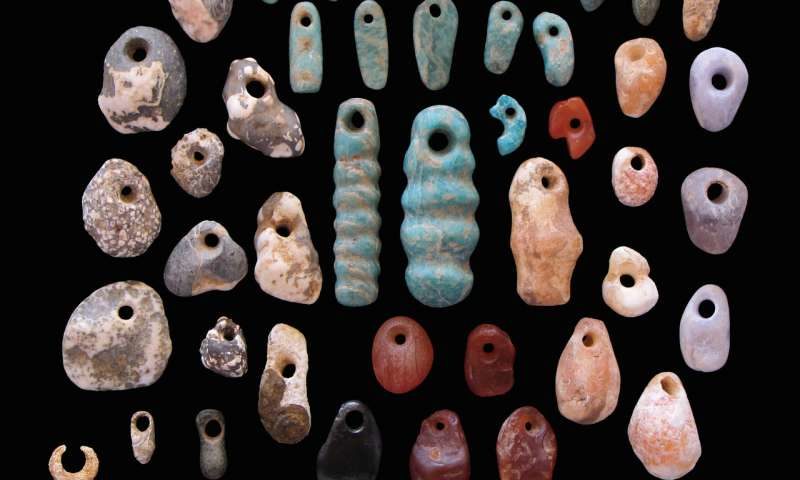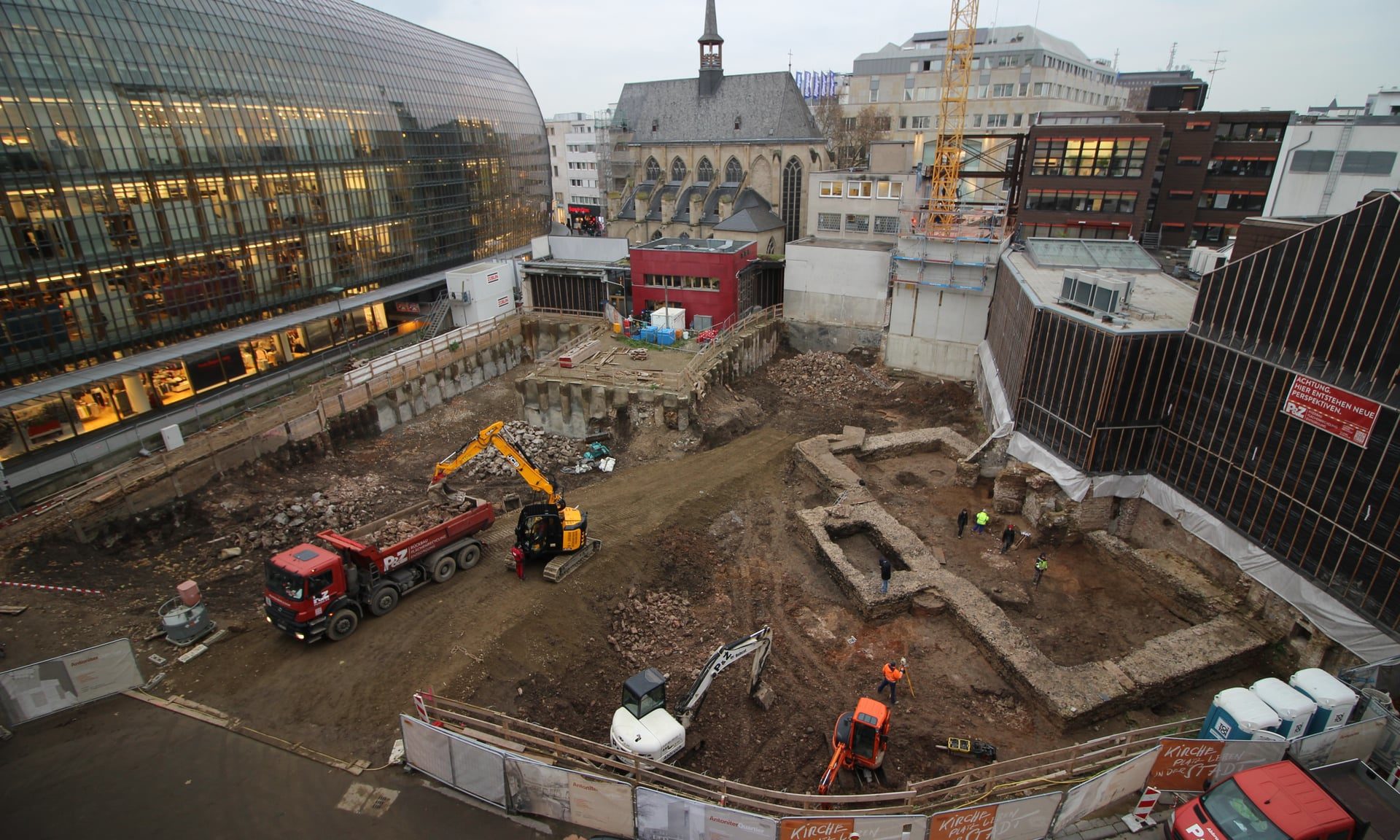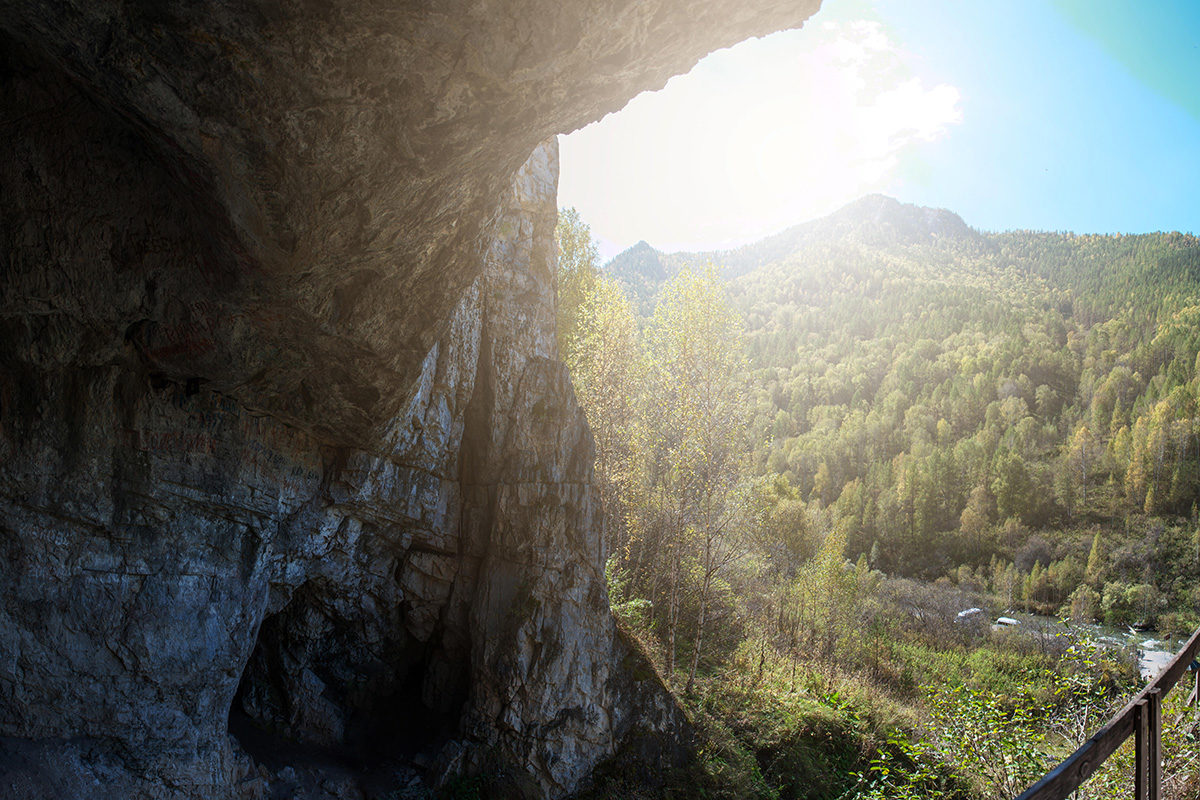
© EDWARD S. CURTIS/LIBRARY OF CONGRESS/CORBIS/VCG VIA GETTY IMAGES
A member of the Klamath people, looking out over Crater Lake, the creation of which is enshrined in their oral traditions.
Instinctively you might think that if we - humanity that is - could not read or write, then we would have difficulty remembering how to do things. You are right, of course, particularly when it comes to complicated tasks such as building Large Hadron Colliders or even organising a sports tournament, but perhaps we should not uncritically rush to such a judgement.
Research is showing increasingly clearly that pre-literate societies, in which no-one read or wrote, were capable of accumulating vast bodies of knowledge and passing these on in intelligible form for thousands of years.When the Klamath people of Oregon, US, were first encountered by Europeans, they recorded stories about the terminal eruption of the massive volcano - later named Mt Mazama by geologists - that once towered over the landscape where iconic Crater Lake now lies.
The stories described the sounds and the nature of this spectacular eruption, leaving us in no doubt that the Klamath must have witnessed it. Until comparatively recently, the community passed on such knowledge only orally. Mt Mazama is now known to have disappeared from the Oregon landscape about 7600 years ago, leaving us to wonder how such stories could endure so extraordinarily long.
This is not an isolated example. From all around the coast of Australia - a land area about the same size as the conterminous United States - we find 22 groups of indigenous stories recalling a time when the ocean surface was much lower, shorelines were further out to sea (sometimes by hundreds of kilometres), and places that are today offshore islands were joined to the mainland.
Most of these stories can only be memories of the time, after the end of the last Ice Age, when the sea level across the entire planet was rising as a result of land-ice melt. Around Australia, this process ended about 7000 years ago, meaning that the stories must have endured at least this long, transmitted orally across some 300 to 400 generations to reach us today in a form that allows little uncertainty about what they recall.





Comment: Busted.